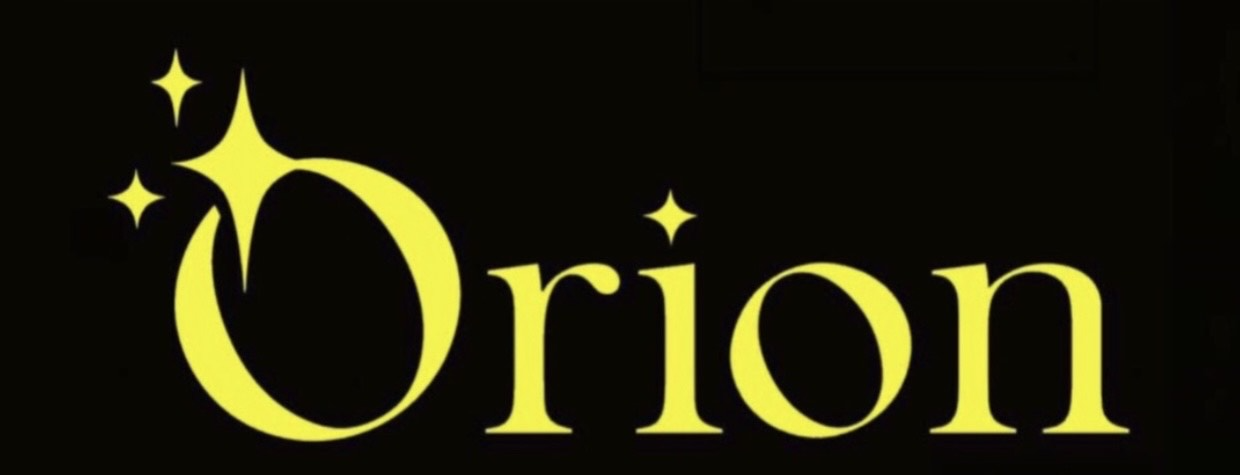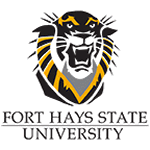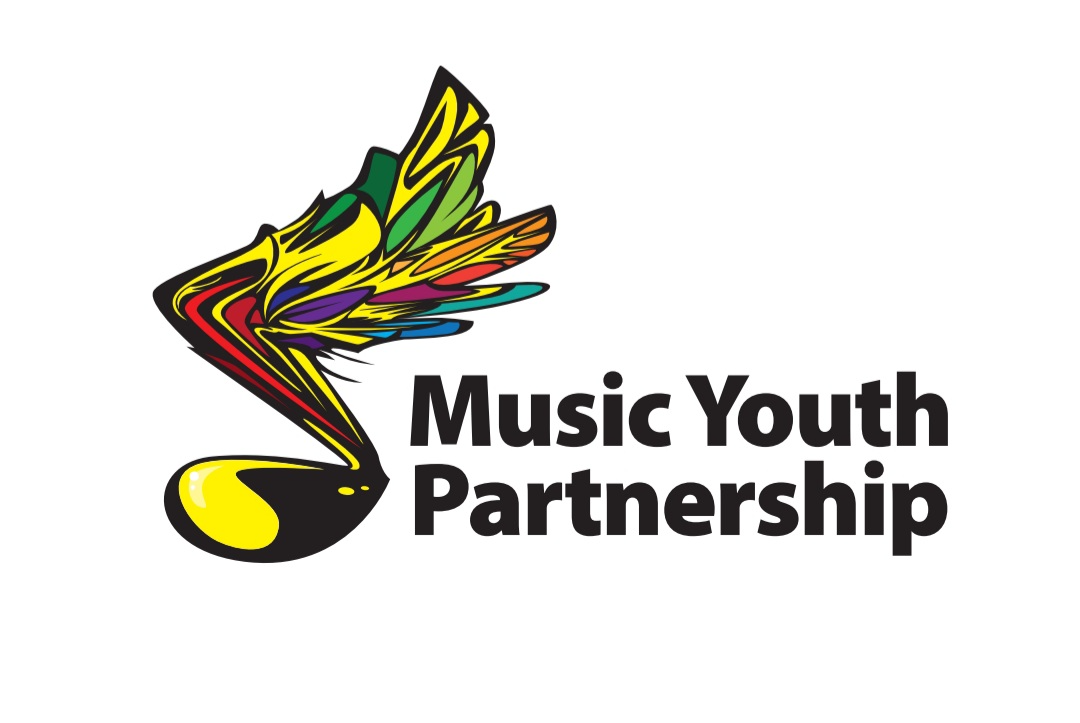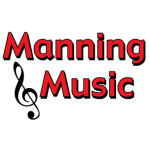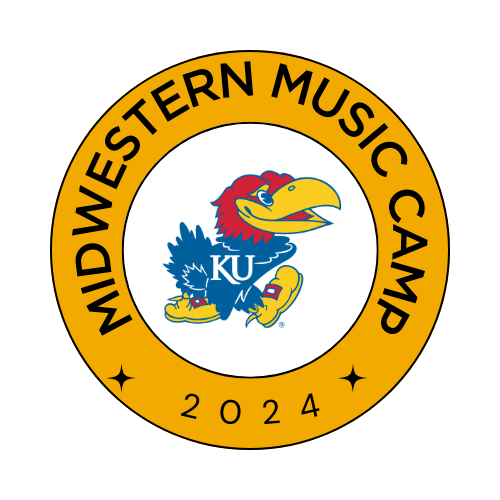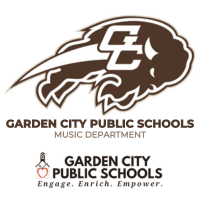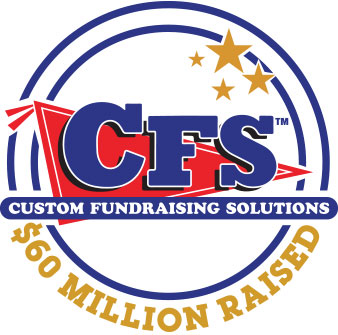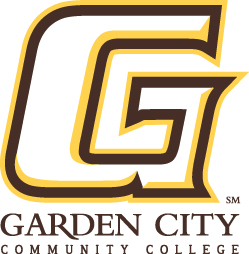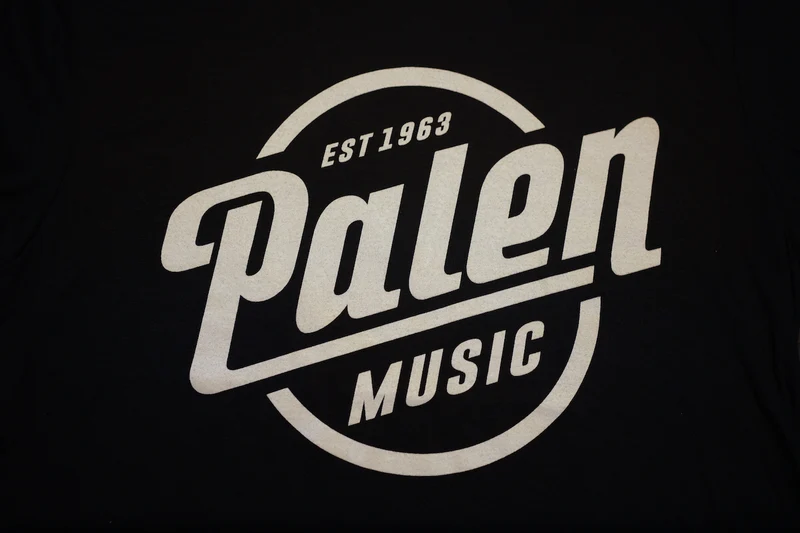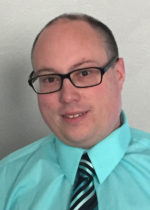
Reprinted with permission from the Fall 2014 issue of NH Quarter Notes, the journal of New Hampshire Music Educators Association.
Every summer as I prepare for the year ahead I find my self asking questions like: What experiences can I provide that will motivate my students to stay involved in music? What music making moments can I provide that will positive memories long after they leave my class? What opportunities exist to engage students in music making outside of my classroom? How can I get my students to experience a deeper level of musical understanding and enable them to understand the purpose of the music we perform?
This past year my students and I embarked upon a wonderful project that spanned half the year and resulted in an experience that resulted in deeper learning, increased student engagement, and was just plain fun! We had the privilge of working with Dr. Bruce Pearson for an extended time to compose an original piece of music. The remainder of the article is the process we used for putting this project together.
In the Fall
One of the selections I programmed with my sixth grade band was Ayre and Dance by Bruce Pearson. It is a wonderful piece of music filled with numerous educational opportunities and very accessible to young students. We rehearsed the music dilligently and performed the music in our first concert of the year. My students loved the piece and even after the concert was over asked to keep playing it. I began to think about how I can use this enthusiasm to bring their learning and engagement to the next level.
January
I sent an email to Dr. Pearson thanking him for writing this composition and inquiring to his availability and interest in working with my students on an extended project. He responded very quickly and our first phone conversation was used to figure out the details of this project. We agreed that Dr. Pearson would help my students write a piece of music and he would travel out to New Hampshire in May to work on this piece, and conduct some of his other works in our concert.
Early February
My band students spent about a week in class dissecting Ayre and Dance. I placed my students in groups of 5-7 students and provided them copies of the relevant sections of the conductor’s score with a list of questions about the composition. They had to work cooperatively to uncover big ideas about melody, form, harmony and instrumentation. A lot of great discussion happened and it was validating to see my students thinking critically while analyzing the composition.
Late February
Two scheduled videoconference sessions occurred with Dr. Pearson. The purpose of the sessions was to introduce Dr. Pearson to the band and provide the opportunity for the students to ask him questions about his life, his musical contributions, and specifically the inspiration and compositional process the he used to write Ayre and Dance. My students were very excited to speak with a composer who wrote a piece they were quite fond of playing. Each session lasted 45 minutes and the conversation was so engaging it could easily have lasted for longer.
Early March
The band compiled all of the information learned about the piece and our conversation with Dr. Pearson to generate a list of “guidelines” that we would try to follow as we created a piece that fit the needs and ability of our band. The process of transferring the learning from a piece that we had already performed to create an original work was evidenced by the in-depth discussions had during class time. We were able to go far beyond the notes and rests on the page and really learn about the elements of music.
Mid-March
It was time for us to begin taking all of the knowledge gained and apply it to our own piece. In our school we have two sections of sixth-grade band. To make the task of composing a piece for the full band less daunting, I assigned one class the project of composing themes that were based on the themes used in the “Ayre”. The other class worked to create the themes based on the “Dance”. Each student spent two class periods using Noteflight in our electronic music lab with the task of creating an eight measure theme that was based upon the guidelines that we have previously agreed upon. My role was to act as a facilitator in the class and provide real-time feedback as my students worked their way through the compositional process. A number of the students were so engaged in the composition process that they continued to write music at home.
Once all of the themes were completed, I played each theme for the class and we entered into discussions about each theme. The dialogue was rich and based solidly in the music learning that had already taken place. Each class voted on the top five themes that would be sent to Dr. Pearson for feedback. I sent the 10 themes along to Dr. Pearson and within a week I received a note to the entire band and personalized, individual feedback to each student who was a finalist in the process. The feedback was amazing and provided the finalists with the opportunity to make one more revision before the final three themes were selected.
April
Once the final themes were selected, student volunteers were invited to join me twice a week to orchetstrate the themes. Almost a quarter of the band showed up at 7 a.m. weekly to get the piece ready for the band. We utilized tools like Finale, Noteflight, and Hooktheory.com to complete the process. Our volunteers had great discussions about harmony and orchestration. Upon completion of our first draft we sent it along to Dr. Pearson for review. Again, his comments were timely, specific, and enabled my students to bring our composition to the next level.
May
The band played through the second draft of the piece and offered comments for improvement. The final revisions were made and potential names for our piece were discussed and submitted for a vote. Each band member was provided with the final version, now titled A Night on the Street and we began the process of rehearsing dilligently for our performance at the end of the month. Because there was ownership in this piece of music, I found that students engagement and their interest in making this composition come to life was greatly enhanced.
Dr. Pearson Arrives!
Dr. Pearson arrived to New Hampshire to work with my students the day of the concert. My school administrators approved the release of my students from their classes for the entire day to rehearse for the concert. Dr. Pearson agreed to conduct three of his compositions and our piece for the concert. It was a tall task for the time available but we were able to bring each piece to a higher level of musicality through our work with Dr. Pearson. I was initially worried about how long a day of playing it would be for my students who normally rehearse in 50-minute segments. They rose to the challenge, worked so hard and were able to maintain their focus throughout this extended rehearsal.
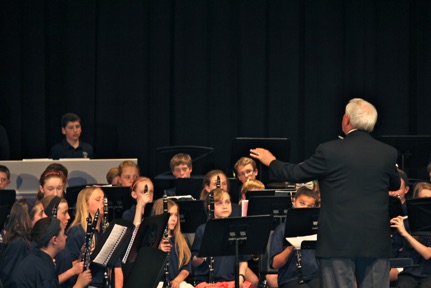
Concert Night
The concert was a success! While I believe students are always excited to perform for friends and family, this concert raised the stakes and there was more engagement on the part of the audience. At the conclusion of the concert, our music booster organization prepared a reception for Dr. Pearson and the performers and audience members. It was a great opportunity to bring closure to the experience and provide students and parents the opportunity to interact with Dr. Pearson.
What Did We Learn From This Experience?
Because there was additional student focus, I believe the students took the responsibility of preparing the music more seriously. Students were able to learn first hand about the composition process and how conductors go about analyzing and selecting music to perform. I learned that approximately 90% of my students were able to create a brief musical composition that followed the guidelines we had agreed on. Of the students who were able to compose a piece of music, I would say at least a quarter of them were thirsty for the opportunity to create music and went above and beyond to be thoughtful about how their melodies were crafted, harmonized, and orchestrated. For this coming school year, I must find a way to provide opportunities to nurture this gift and extend their learning. Composing music is a great way to give students another opportunity to express their creativity and share their musical voice with others. There is always that tough balance of finding time to fit activities like this in class but I believe the benefits are easily applied to other topics we are working on in class. If we want our students to truly be creators of music I believe we must provide opportunities for them to explore composition and improvisation.
Recommendations
- Bring in a clinician to work with your ensemble! It doesn’t have to be someone far away (although it worked out very well for us). There are clinicians, composers, and conductors that are quite possibly very close to your school. Even if you bring in a “big name” the cost is generally reasonable. A simple fundraiser could allow you bring someone to your school that fits your needs and budget.
- Opening up your students (and you) to the experience of working with another musician/teacher can be an intimidating experience. Through the process I wondered if my students would be well-enough prepared and if the experience would be beneficial for both Dr. Pearson and my students. It is important to bring in a clinician that has experience with the age and ability of students in your ensemble and understands the purpose of this experience is to help them become better musicians.
- If you are going to compose a piece, start early. We started mid-year and it was a rush to get something down on paper, sent to Dr. Pearson for review, revise and rehearse with the band. If we had started the process earlier it would have allowed for more opportunities to be explored for our composition. It would have also allowed for more rehearsal time.
- As an extension, perhaps have students or groups write a shorter piece orchestrated as a solo, duet, or trio. Encourage students to be not only a part of the creation of the composition but responsible for figuring out how to rehearse and perform the piece with minimal (if any) assistance from the teacher. This would be a true demonstration of learning!
In Conclusion
Consider trying a project with your ensemble this year. Find opportunities that allow your students to be true creators of music. Bring in a clinician to work with your students! Do whatever you can to get them excited about performing and creating! This was an experience that my students will likely remember for a very long time!


